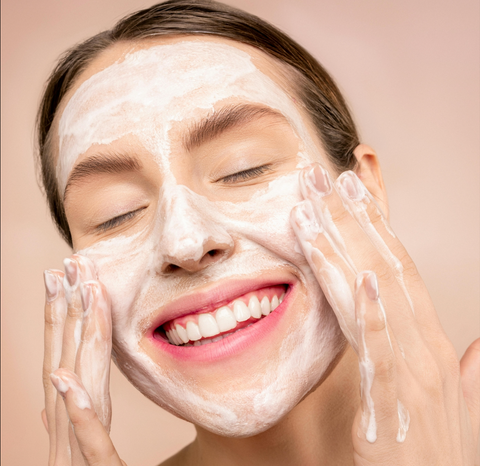
Introduction
For many people , headaches and migraines are more than just annoying companions . This is especially true for those whose daily lives are severely affected by chronic migraines in the form of nausea, sensitivity to light or pulsating pain . According to the German Migraine and Headache Society (DMK), around 10% of the German population suffers from migraines , with women being affected three times more often than men. Therefore , gentle treatment options for migraines, such as floating, are becoming increasingly important as an alternative pain treatment and are gaining in importance .
Scientific support
Anyone who regularly reads our blog knows about our personal closeness to research. The scientific evidence that floating has a positive effect on the nervous system and brain is growing. Results show that floating reduces the release of the stress hormone cortisol and stimulates the production of endorphins . Positive effect: The perception of pain is reduced and migraine symptoms are sustainably alleviated .
Why does floating help with headaches and migraines?
-
Sensory deprivation: Migraine sufferers often report an increased sensitivity to light, smells and noises . These are responsible for triggering or intensifying migraines in the first place. When floating, the body is in a low-stimulus environment . No light. No smells. No unpleasant external sensations . This allows the brain to fully regenerate and relax . In this way, floating can specifically help to reduce the frequency and intensity of migraine attacks .
- Open ceilings and air circulation: Our float pools are open to create a feeling of space. This has the advantage of increasing well-being and people who suffer from migraines do not have to worry about feeling uncomfortable in narrow or poorly ventilated spaces.
- A break for the brain: We all long for an environment that provides relief - out of the overstimulated and hectic world, into relaxation. Floating has a reset effect on our brain, partly because floating promotes the formation of theta waves. A brain frequency that reduces sensitivity to stimuli and is responsible for deep relaxation . This aspect of floating can provide targeted relief, especially for those who suffer from stress-related migraines or excessive sensory stimulation.
Conclusion
Floating has a number of advantages . Due to the low-stimulus environment and the weightless state, floating creates an ideal environment for the brain to take a valuable break . Given the high number of people affected, the demand for gentle therapy methods and relaxation techniques is increasing. Floating is a completely natural and gentle therapy option that can provide targeted support to people suffering from migraines.
To all those affected: The best thing to do is to just try it out and gain your own personal experience!
Book your (first) appointment now and treat your brain to some well-deserved deep relaxation!
____
Sources:
Wallbaum , AB , Rzewnicki , R. , Steele , H. , & Suedfeld , P . ( 1991 ). Progressive muscle relaxation and restricted environmental stimulation therapy for chronic tension headache: a pilot study . International Journal of Psychosomatics: Official Publication of the International Psychosomatics Institute , 38 ( 1-4 ), 33 – 39 .


